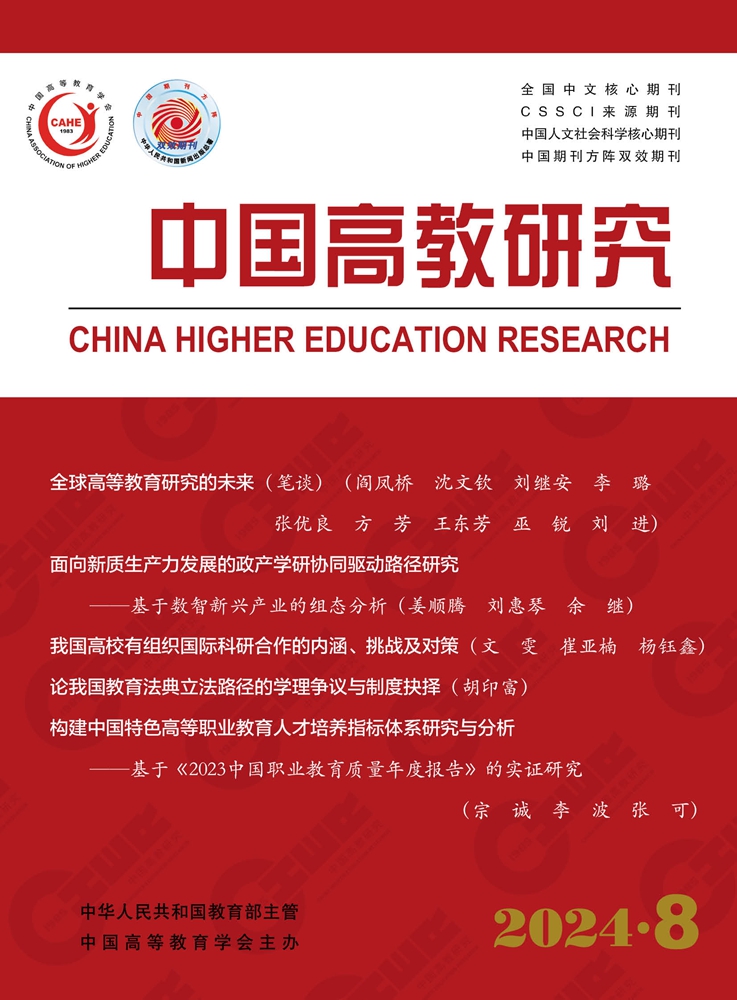Education Rule of Law
ZHANG Yanlong
In the compilation of the Education Code, no matter what form is finally adopted, the systematic construction of criminal liability of education law is a task that must be accomplished. There are a large number of criminal provisions in China’s education law, covering a wide range of offences, but there are problems such as unbalanced protection of legal interests, inconsistent standards of delimitation of the criminal circle, chaotic arrangement of the system, and poor connection with other department of laws, coupled with the deficiencies of the criminal law itself in the field of education, have rendered the criminal liability of the education law unable to reach the requirements of systematization. Germany’s system of criminal liability in education law has certain significance for China, such as in the protection of legal interests and the legislative model. China’s criminal liability in education law should be systematically constructed in terms of both substance and form. Substantively, on the basis of a unified legislative starting point and value, the fundamental status of safeguarding citizens’ right to education should be clarified, and the safeguard of basic rights under criminal law should be transformed into a two-tiered legal interest in education, so as to build a substantive criminal law network. Formally, it is necessary to make comprehensive use of the diversified legislative model, and to sort out the relationship between the Education Code and the Education Single Law, the Penal Code and the Education Code, as well as the part of the criminal liability section of the Education Code and the other chapters.
